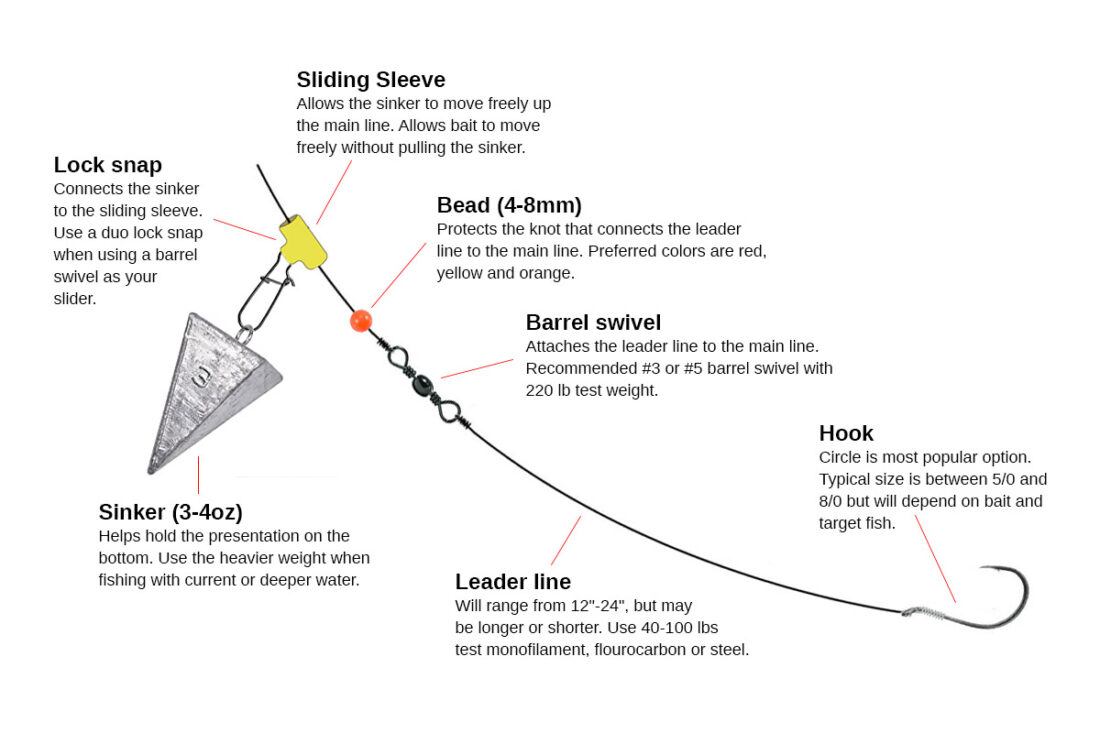Fishing for bass is fun. Using a fish finder makes it better. This tool helps you find fish faster. It shows you where fish hide. Let’s learn how to use a fish finder for bass.
What is a Fish Finder?
A fish finder is a device. It uses sound waves. These waves find fish underwater. The fish finder shows fish on a screen. It helps you know where to cast your line.
Types of Fish Finders
There are many types of fish finders. Here are the main types:
- Portable Fish Finders: Easy to carry. Great for small boats.
- Fixed Fish Finders: Attached to the boat. Good for big boats.
- Castable Fish Finders: You cast them like bait. Good for shore fishing.
How to Set Up a Fish Finder
Setting up a fish finder is simple. Follow these steps:
- Mount the Transducer: Attach the transducer to the boat. It sends and receives sound waves.
- Connect the Display: Connect the display unit to the transducer. This shows you the fish.
- Power Up: Turn on the fish finder. Make sure it has power.
- Adjust Settings: Set the depth range and sensitivity. This helps you see better.
Reading the Fish Finder Screen
The fish finder screen shows many things. Here is what you see:
| Screen Element | Description |
|---|---|
| Fish Icons | Shows fish as small icons. |
| Depth Numbers | Shows how deep the water is. |
| Bottom Contour | Shows the shape of the lake or river bottom. |
| Structure | Shows rocks, weeds, and logs. |
Finding Bass with a Fish Finder
Bass like to hide. They often stay near structures. Use your fish finder to look for these places. Here is how:
- Look for Drop-offs: Bass like steep underwater slopes.
- Find Weed Beds: Bass hide in thick weeds.
- Check Around Rocks: Bass stay near rocks for cover.
- Scan for Sunken Trees: Bass love hiding in fallen trees.
Best Settings for Bass Fishing
Using the right settings helps. Here are the best settings for bass fishing:
- Depth Range: Set to 10-20 feet. Bass often stay in this range.
- Sensitivity: Set to medium. This shows fish clearly.
- Fish ID: Turn on. This shows fish as icons.
- Chart Speed: Set to medium. This keeps the screen easy to read.
Tips for Using a Fish Finder
Here are some tips to help you. These tips make using a fish finder easier.
- Keep the boat steady. This makes the screen clearer.
- Move slowly. This helps you see more details.
- Check the screen often. Fish move, so check for new spots.
- Practice. The more you use it, the better you get.
Common Problems and Fixes
Sometimes, fish finders have problems. Here are common problems and how to fix them:
- No Display: Check the power. Make sure it is on.
- No Fish Icons: Increase the sensitivity. This helps show fish.
- Blurry Screen: Slow down the boat. This clears the screen.
- Depth Reading Wrong: Recalibrate the depth settings.

Credit: www.fishfinders.info
Frequently Asked Questions
What Is A Fish Finder?
A fish finder is a device that uses sonar to locate fish underwater.
How Does A Fish Finder Work?
It sends sound waves underwater. These waves bounce back, showing fish locations on the screen.
Why Use A Fish Finder For Bass Fishing?
Fish finders help locate bass quickly. They show underwater structures where bass hide.
Can Beginners Use A Fish Finder?
Yes, fish finders are user-friendly. Follow the manual to start.
Conclusion
Using a fish finder for bass is easy. Follow these steps. Set it up right. Adjust the settings. Look for good spots. Use these tips and tricks. Soon, you will catch more bass. Happy fishing!


